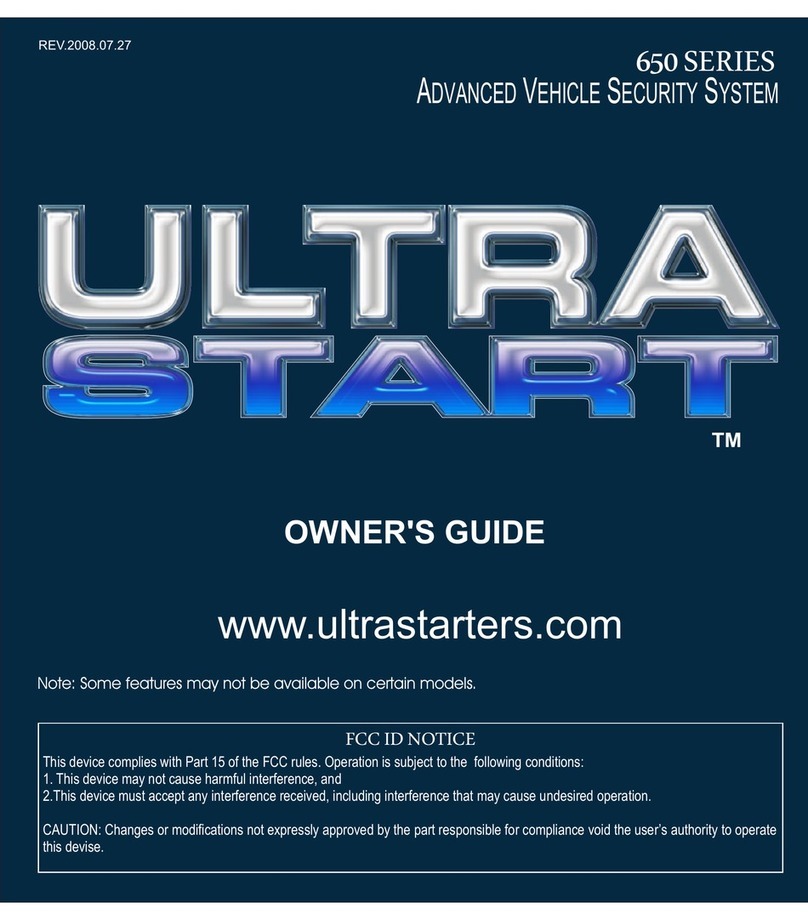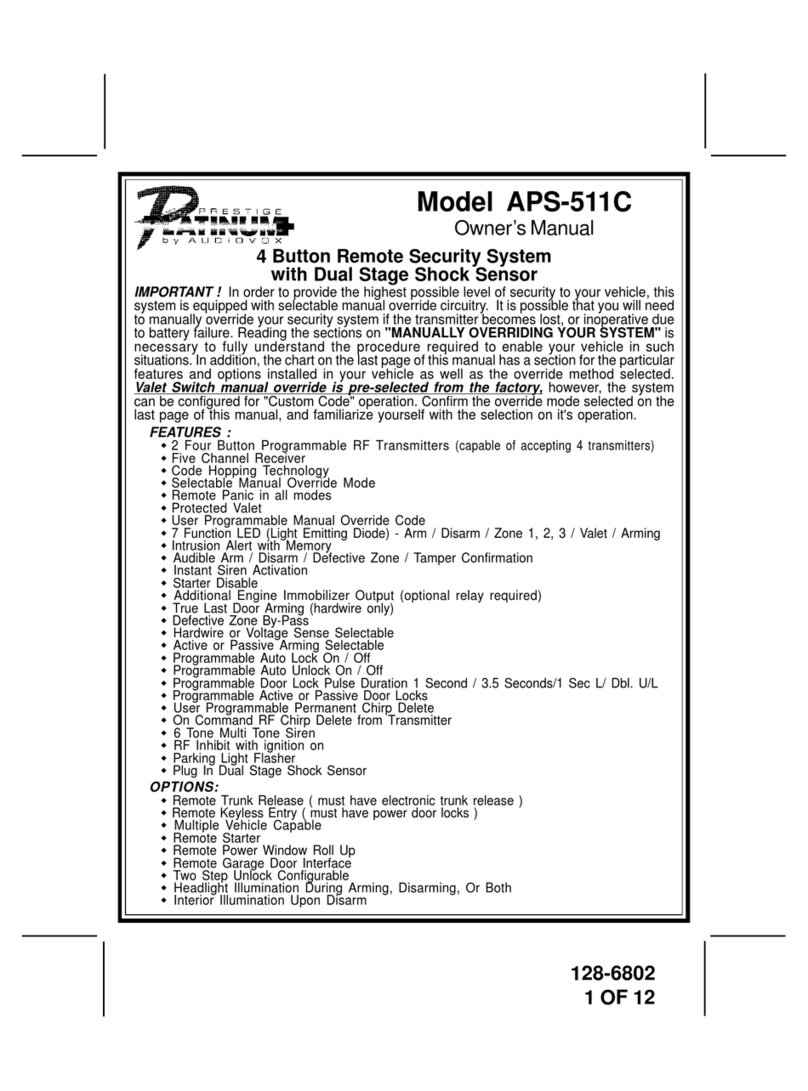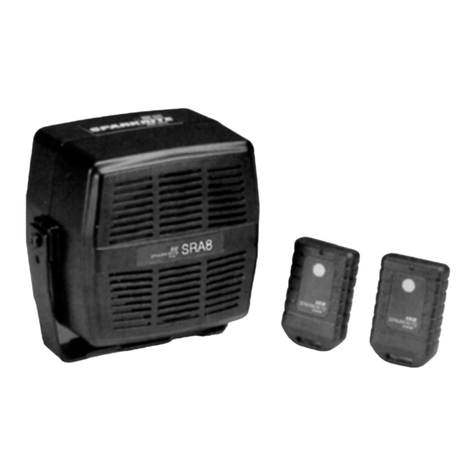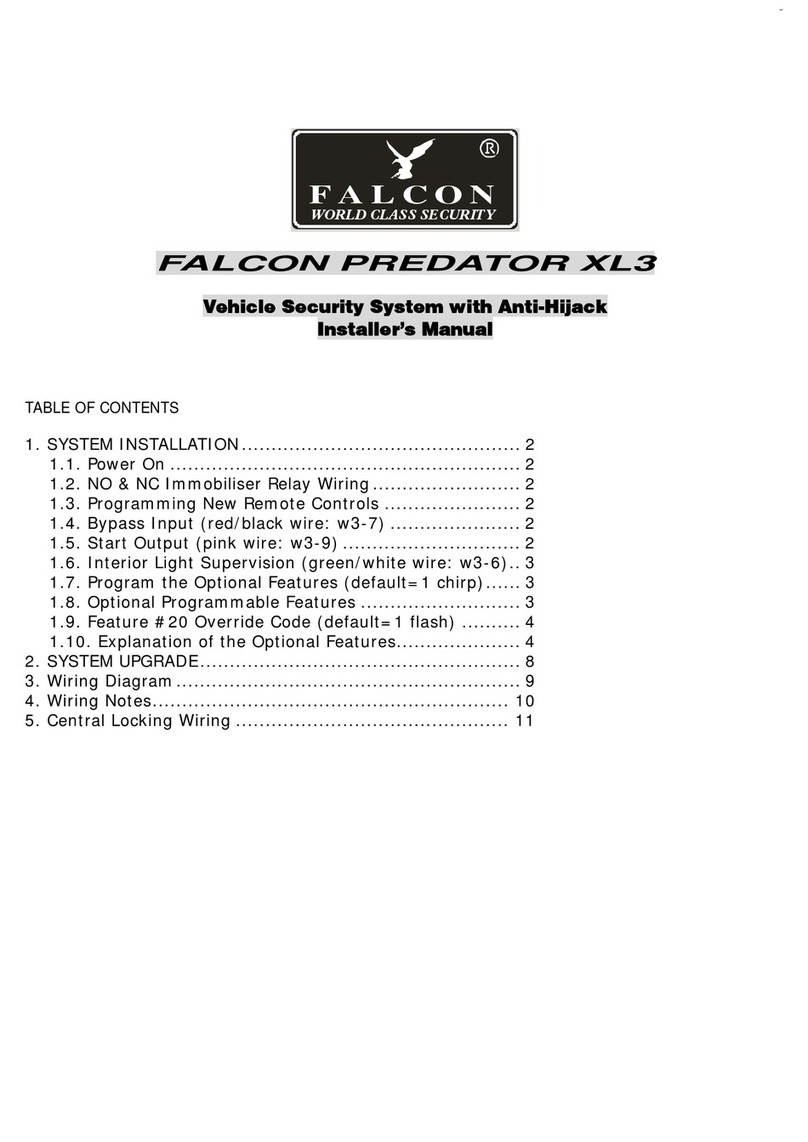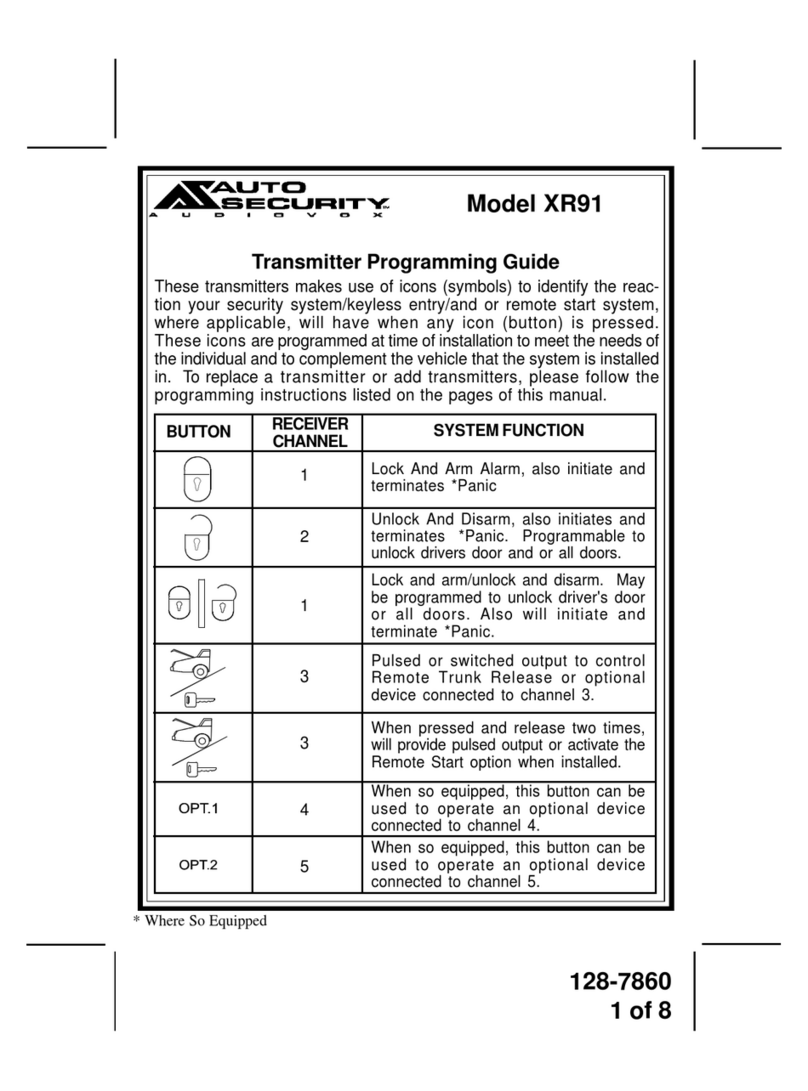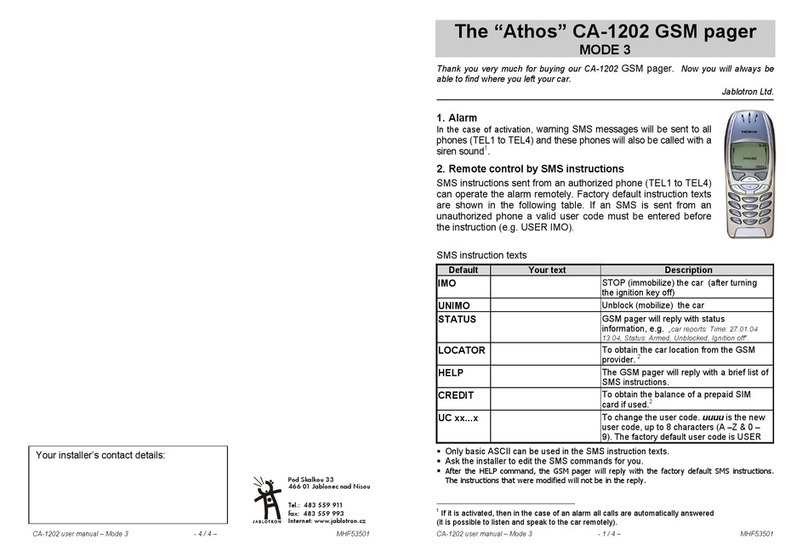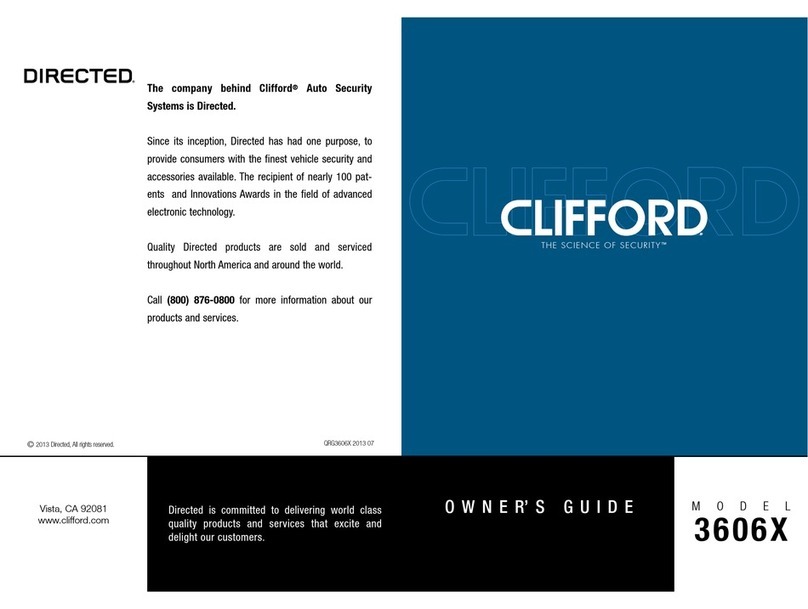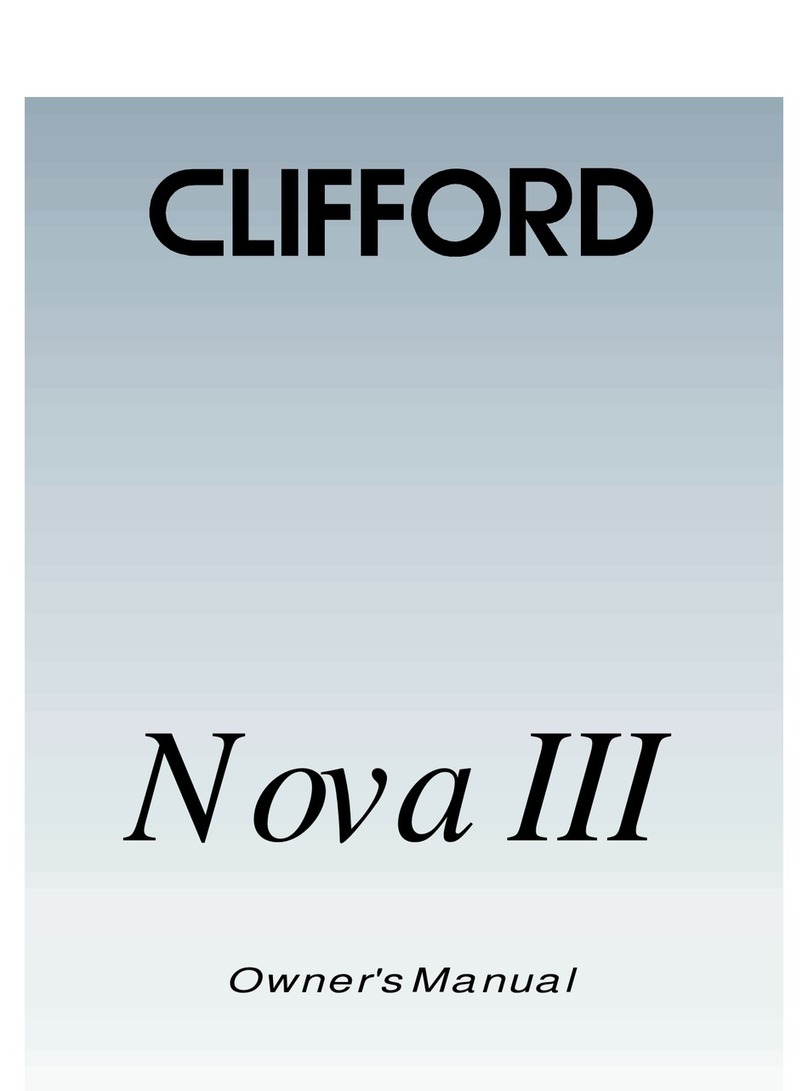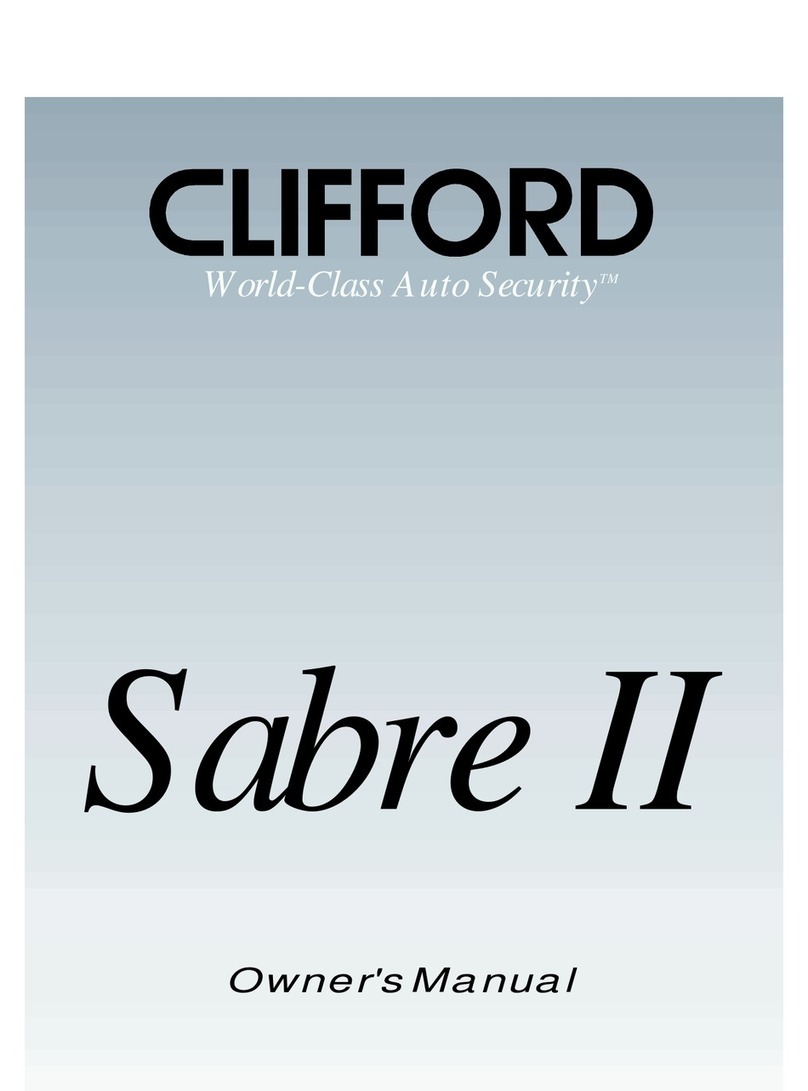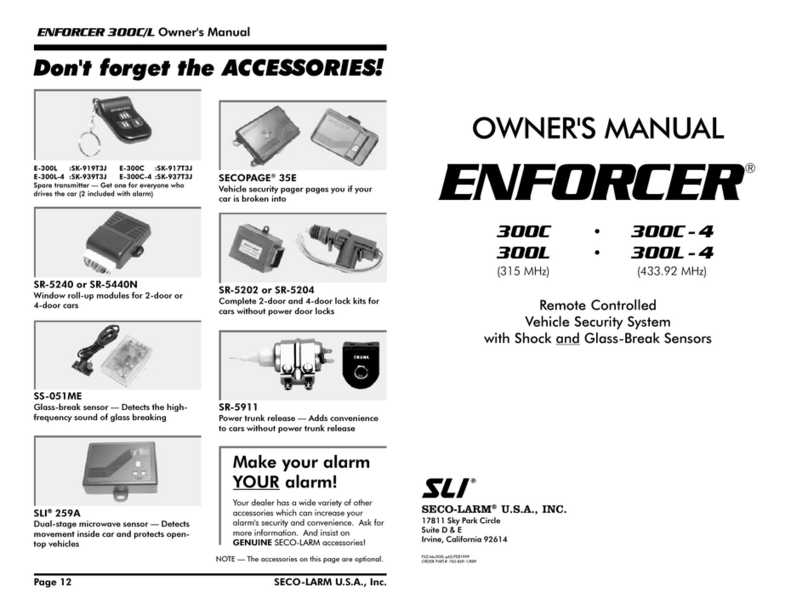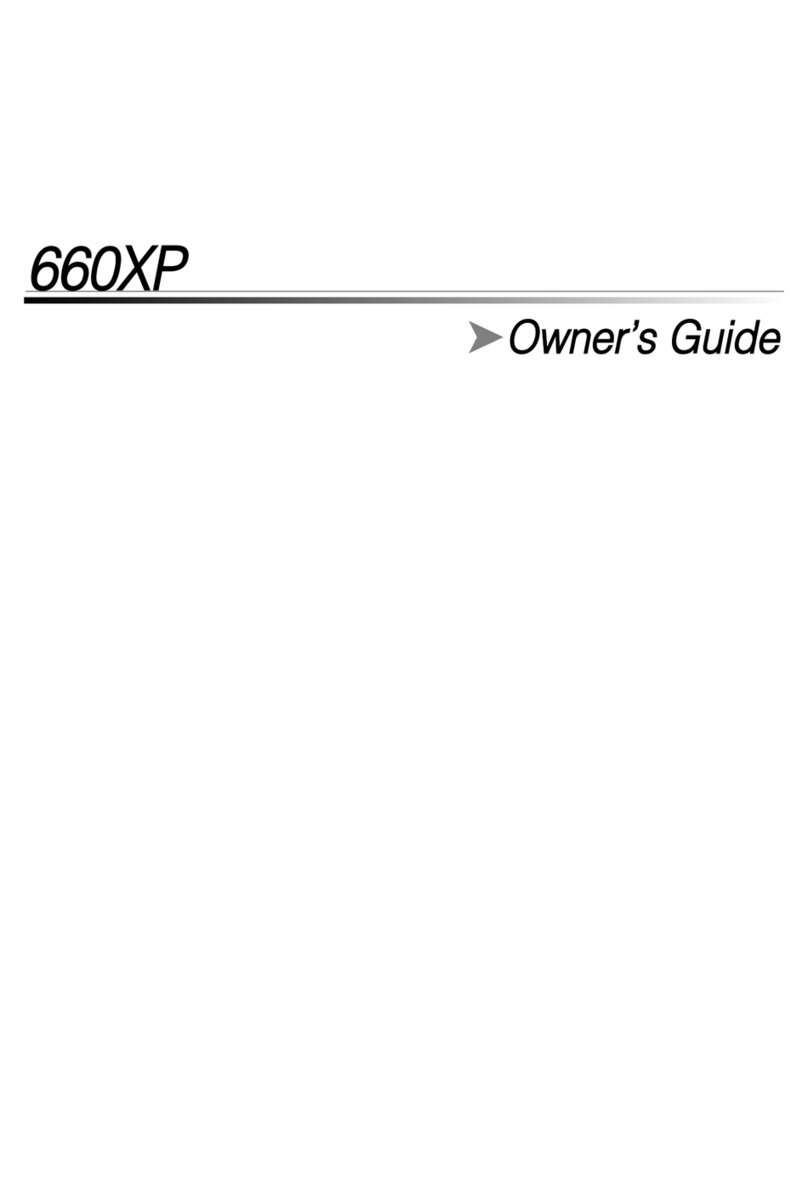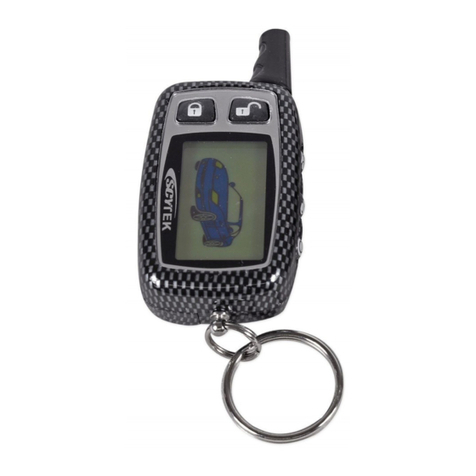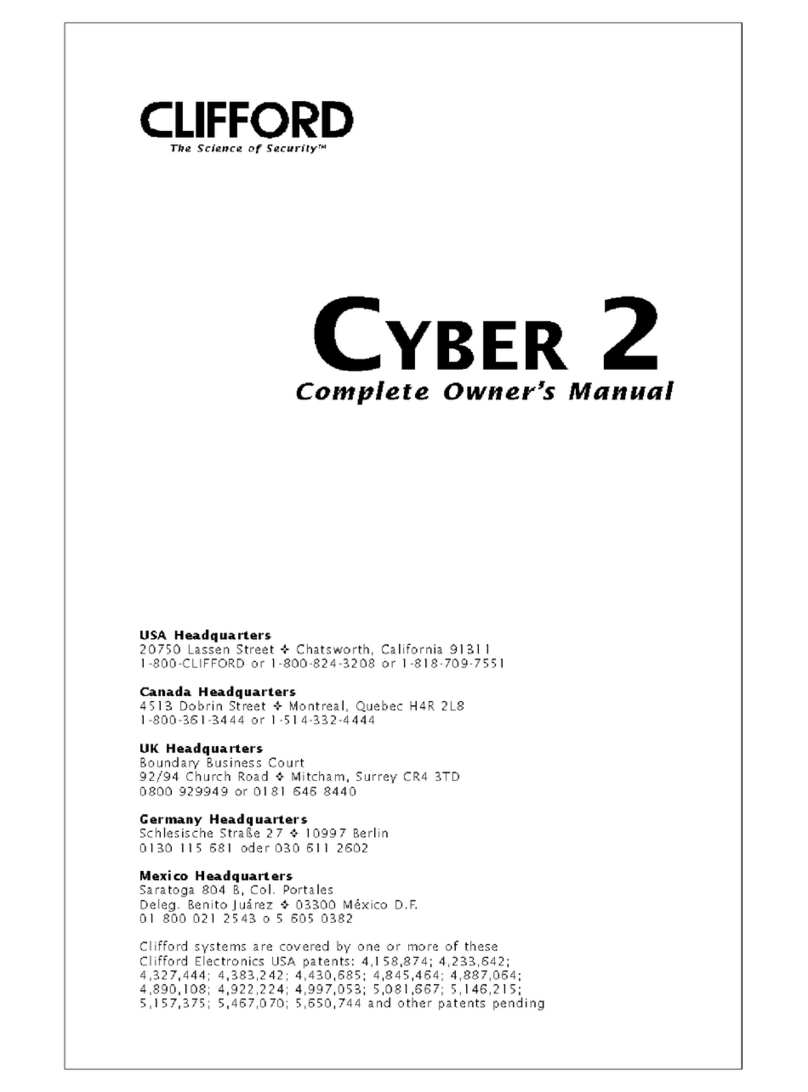
Mercedes-Benz Body & Equipment Guideline for Metris - BM 447, Version November 27, 2015.
! Please observe the revision notes compared to 09/18/2015 ! Only print out complete sections of the current version! 2
Contents
1 Introduction........................................... 4
1.1 Overview................................................. 4
1.2 The aim of this guideline......................... 5
1.3 Conventions............................................ 6
1.4 Vehicle safety.......................................... 7
1.5 Technical support ................................... 8
1.6 Contact................................................... 9
1.7 Definitions ............................................ 10
1.8 Vehicle safety.........................................11
1.9 Operational safety................................. 12
1.10 Use of parts .......................................... 13
1.11 Rollover stability of the vehicle ............. 14
2 General and regulatory ...................... 15
2.1 Overview............................................... 15
2.2 Emission and safety information........... 16
2.2.1 Information on vehicle safety standards 17
2.2.2 Information on the reduction of
exhaust emissions ................................ 17
2.2.3 Vehicle noise emission control
information ........................................... 18
2.3 Upfitter responsibilities......................... 19
2.4 Product safety and product liability ...... 20
2.4.1 Product safety....................................... 20
2.4.2 Product liability ..................................... 20
2.4.3 Safety-relevant features........................ 20
2.5 Ensuring traceability ............................. 22
2.6 Trademarks .......................................... 23
3 Product information ........................... 24
3.1 Vehicle and models............................... 24
3.1.1 Vehicle and model designations............ 24
3.1.2 Vehicle and model illustrations ............. 24
3.1.3 Load capacity, van classification........... 25
3.2 Breakdown of Vehicle Identification
Number (VIN)........................................ 26
3.3 Labels ................................................... 28
4 Planning of bodies .............................. 31
4.1 Selecting the basic vehicle.................... 32
4.1.1 Selecting the suspension package........ 32
!4.2 Vehicle modifications............................ 33
4.3 Dimensions and weights....................... 34
4.4 Vehicle identification data..................... 35
!4.5 Vehicle stability..................................... 36
4.6 Tires...................................................... 37
4.7 Threaded and welded connections ....... 38
4.7.1 Threaded connections .......................... 38
4.7.2 Welded connections.............................. 39
4.8 Soundproofing ...................................... 42
4.9 Maintenance and repairs ...................... 43
4.9.1 Storing the vehicle ................................ 44
4.9.2 Battery maintenance and storage......... 45
4.9.3 Work before handing over the
modified vehicle.................................... 45
4.10 Special equipment ................................ 46
5 Technical threshold values for
planning ............................................... 47
5.1 Threshold values of basic vehicle.......... 47
5.1.1 Steerability............................................ 47
5.1.2 Maximum permissible positions of
center of gravity.................................... 47
5.2 Suspension threshold values ................ 48
!5.2.1 Gross axle weight rating (GAWR) .......... 48
5.2.2 Approved tire sizes ............................... 49
5.2.3 Diameter of turning circle ..................... 49
5.2.4 Modifications to the axles..................... 49
5.2.5 Modifications to the steering ................ 50
5.2.6 Modifications to the brake system........ 50
5.2.7 Modifications to springs, suspension
strut mounts/shock absorbers............. 50
5.2.8 Modifications to axle settings ............... 50
5.3 Threshold values of body .......................51
5.4 Bodyshell threshold values ................... 52
5.4.1 Modifications to the bodyshell.............. 52
5.4.2 Vehicle roof/roof load .......................... 52
5.4.3 Threshold values for fastening points ... 52
5.5 Threshold values for
electrics/electronics ............................ 53
5.5.1 Electric wiring/fuses............................. 53
5.6 Threshold values for additional
assemblies............................................ 54
6 Damage prevention ............................ 55
6.1 Brake hoses/cables and lines............... 55
6.2 Welding work ........................................ 56
6.3 Corrosion protection measures ............ 58
6.4 Painting work/preservation work ......... 60
7 Modifications to the basic vehicle.....61
7.1 Chassis ..................................................61
7.1.1 General information on the chassis .......61
7.1.2 Springs/shock absorbers ......................61
7.1.3 Brake system ........................................ 62
7.1.4 Air suspension ...................................... 64
7.1.5 Wheels and tires ................................... 64
7.1.6 Spare wheel ......................................... 64
7.2 Bodyshell/body .................................... 65
7.2.1 General information on the
bodyshell/body..................................... 65
7.2.2 Partition................................................ 67
7.2.3 Sidewall, windows, doors and flaps ...... 67
7.2.4 Fenders and wheel wells....................... 68
